The Independent on Sunday Rainbow List: Sixteen years on, the pioneering work continues
The initiative was launched in 2000 by the Independent on Sunday to celebrate the LGBT community
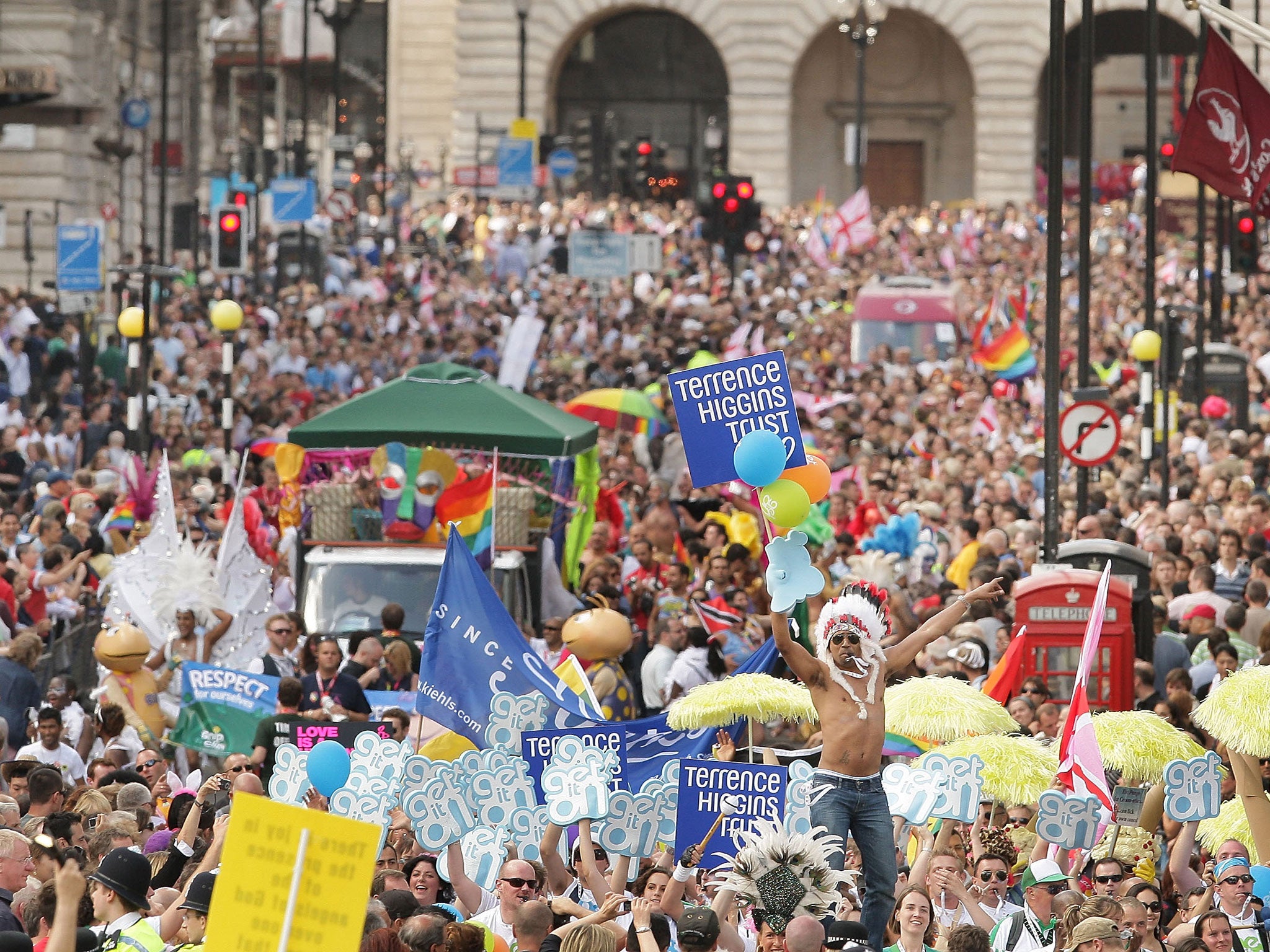
Your support helps us to tell the story
From reproductive rights to climate change to Big Tech, The Independent is on the ground when the story is developing. Whether it's investigating the financials of Elon Musk's pro-Trump PAC or producing our latest documentary, 'The A Word', which shines a light on the American women fighting for reproductive rights, we know how important it is to parse out the facts from the messaging.
At such a critical moment in US history, we need reporters on the ground. Your donation allows us to keep sending journalists to speak to both sides of the story.
The Independent is trusted by Americans across the entire political spectrum. And unlike many other quality news outlets, we choose not to lock Americans out of our reporting and analysis with paywalls. We believe quality journalism should be available to everyone, paid for by those who can afford it.
Your support makes all the difference.The first Independent on Sunday Pink List, instigated under the editorship of Janet Street-Porter, was published on 6 August 2000, just as the repeal of Section 28 seemed to be stuttering to a halt. "I thought gay people faced discrimination in all sorts of subtle ways," Street-Porter wrote later. "I started the Pink List to celebrate the huge contribution they make to every aspect of modern life."
The journalists who compiled that first list were keen to stress that the paper was not in the business of "outing" anybody – but the fact that this list of the most influential gay, lesbian, bisexual and transgender people in Britain contained a bare 50 names, only five of them women, showed that being openly gay in public life still required a degree of bravery.
"There were lots of people around that time who didn't want to be in it," admits Andrew Tuck, who compiled the list for many years, extending it in 2005 and introducing the system of ranking entrants.
Those early lists were criticised by some for focusing on white men in the entertainment industry instead of celebrating people in, say, sport, or business. It wasn't for want of trying. In 2006, on calling the office of BP chief executive Lord Browne to research the list, a reporter had received the reply: "I don't know what you are suggesting, but it is not in the least appropriate that his name is associated with that article." It was only a year later, after Browne was outed by another newspaper, that we felt able to include his name. In 2014, Browne published a book, The Glass Closet: Why Coming Out is Good Business. He would know.
Among the factors that persuade us year after year that the Pink List, its name changed to the Rainbow List in 2014, continued to have a place in a forward-looking newspaper were the heartfelt responses from readers. The year the rugby player Gareth Thomas was placed in the top spot, one young man wrote: "Thank you for making it OK to come out to my dad." Another correspondent said that her young daughter was "so excited to see her heroine, the boxer Nicola Adams, on the Pink List". Thomas himself told us, "The first time I saw the Pink List was two years before I came out. I remember that Clare Balding was on it, and she was a big name in sports. To me, that was a real 'wow' moment: looking through the list and seeing people in different jobs and walks of life who had been able to be themselves and be successful. It was incredible."
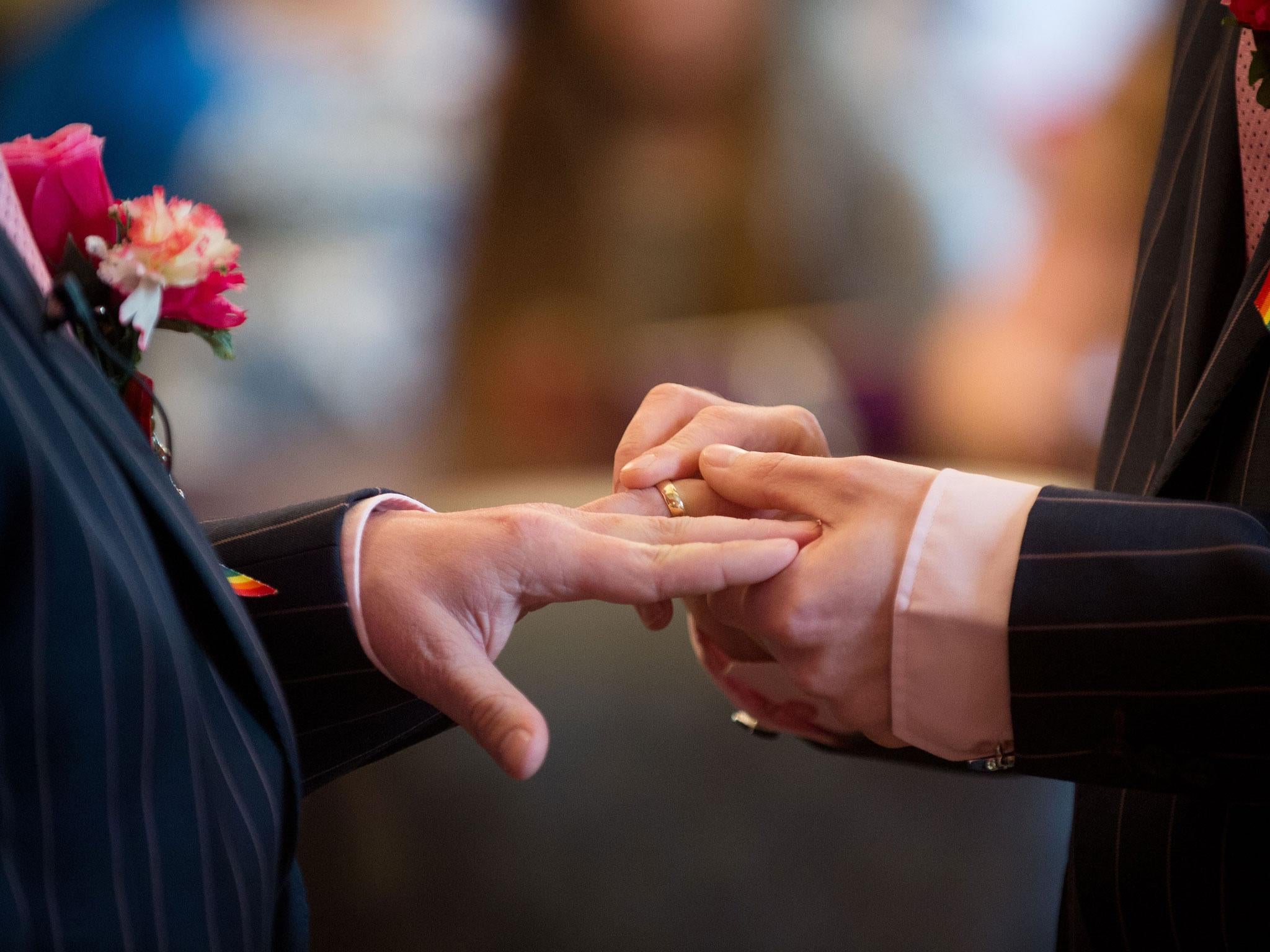
That was always the aim of the list, says Tuck. "If you were 18 and gay and you picked up the paper, you could think, 'Oh my God, there are so many people in so many walks of life who are incredibly successful; there's no reason not to tell the truth about myself.'"
Others who topped the list, such as Paris Lees (2013) and Elly Barnes (2011), say that the experience changed their lives. In 2013, few IoS readers may have heard of Lees. Since then, she has appeared on Question Time, Lorraine, Newsnight, Radio 1 and at the Oxford Union. Barnes used her spot as a springboard to becoming a full-time LGBT advocate with her Educate & Celebrate initiative.
As well as growing from 50 names into a 12-page pull-out section, the way the list is put together has continued to evolve. A panel of celebrity and expert judges was introduced in 2010; the following year, there were nominations by readers. In 2014, not only did the name of the list change, but Asda came on board as a sponsor, and there was a party for all those involved. In 2015, intersex people were included for the first time.
What's to come? Will we ever, for instance, see Premiership footballers being celebrated alongside people from almost every other walk of life? Watch this space (at independent.co.uk) to find out. In 2000, we wrote: "The Pink List is not just an innovation, it is a celebration. It should go from strength to strength." It has, and it will.
Where are they now? The Rainbow List’s number ones
2015
Riley Carter Millington, actor
The first trans man to top the Rainbow List, for his appearance as the transgender character Kyle in EastEnders at the age of 21; after years of directors arguing that there were no trans actors to cast in high-profile roles, this was a landmark cultural moment.
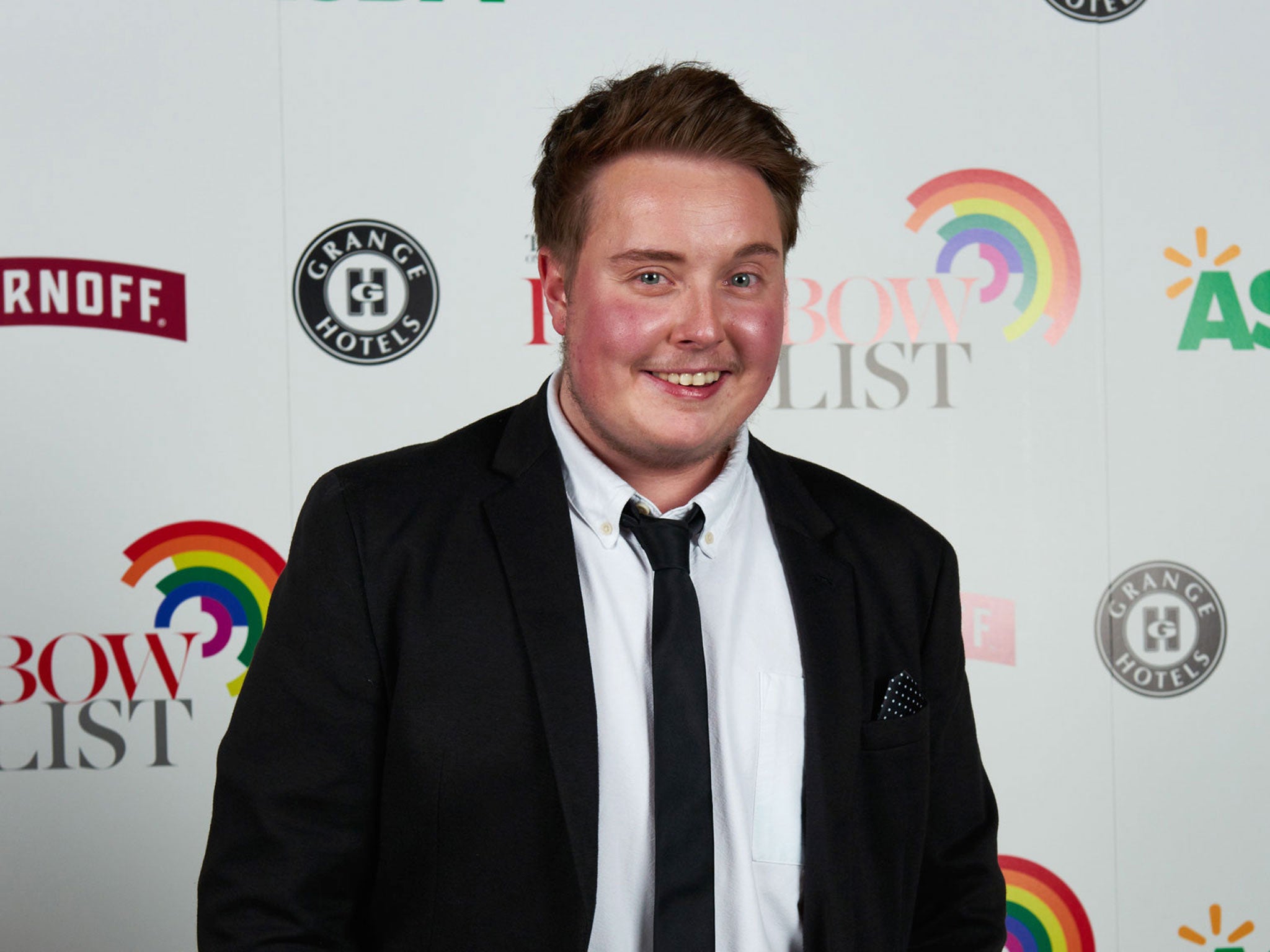
2014
Michael Cashman, Labour Party special envoy on LGBT issues worldwide
The Limehouse-born actor-turned-politician was once Colin in EastEnders, one half of the first gay kiss on mainstream British TV. A founder of Stonewall and member of the European Parliament for 15 years, Cashman, 65, has long been a campaigner for LGBT rights. He now sits in the House of Lords.
2013
Paris Lees, editor, ‘Meta’ magazine
Many IoS readers had not heard of Paris Lees when she topped the list, but the journalist, broadcaster and campaigner for transgender rights has led a slow but determined change in attitudes to trans people. She’s now a regular in the mainstream media.
2012
Nicola Adams, Olympian
Adams punched her way into history in 2012, becoming the first woman to land an Olympic boxing title. Adams, who is bisexual, had persevered with the sport for more than a decade before representing their country became an option for female boxers. The 33-year-old is also the reigning Commonwealth and European flyweight champ.
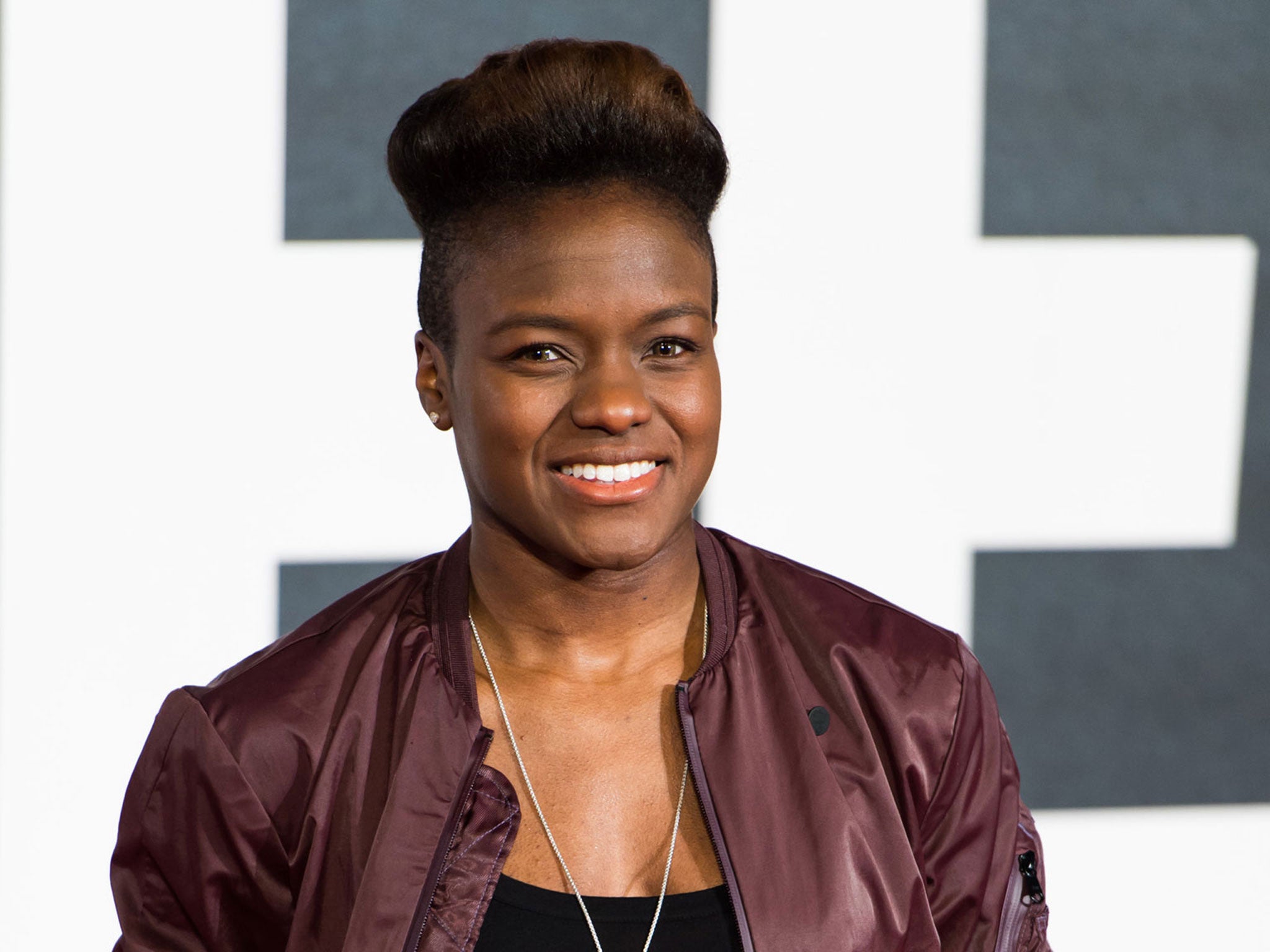
2011
Elly Barnes, music teacher
In 2011, the IoS asked readers to nominate unsung heroes who make a real difference to life for LGBT people. Dozens emailed about Barnes (below left), a teacher who eradicated homophobia in her school, and has helped others do the same with her Educate & Celebrate course for teachers and psychologists.
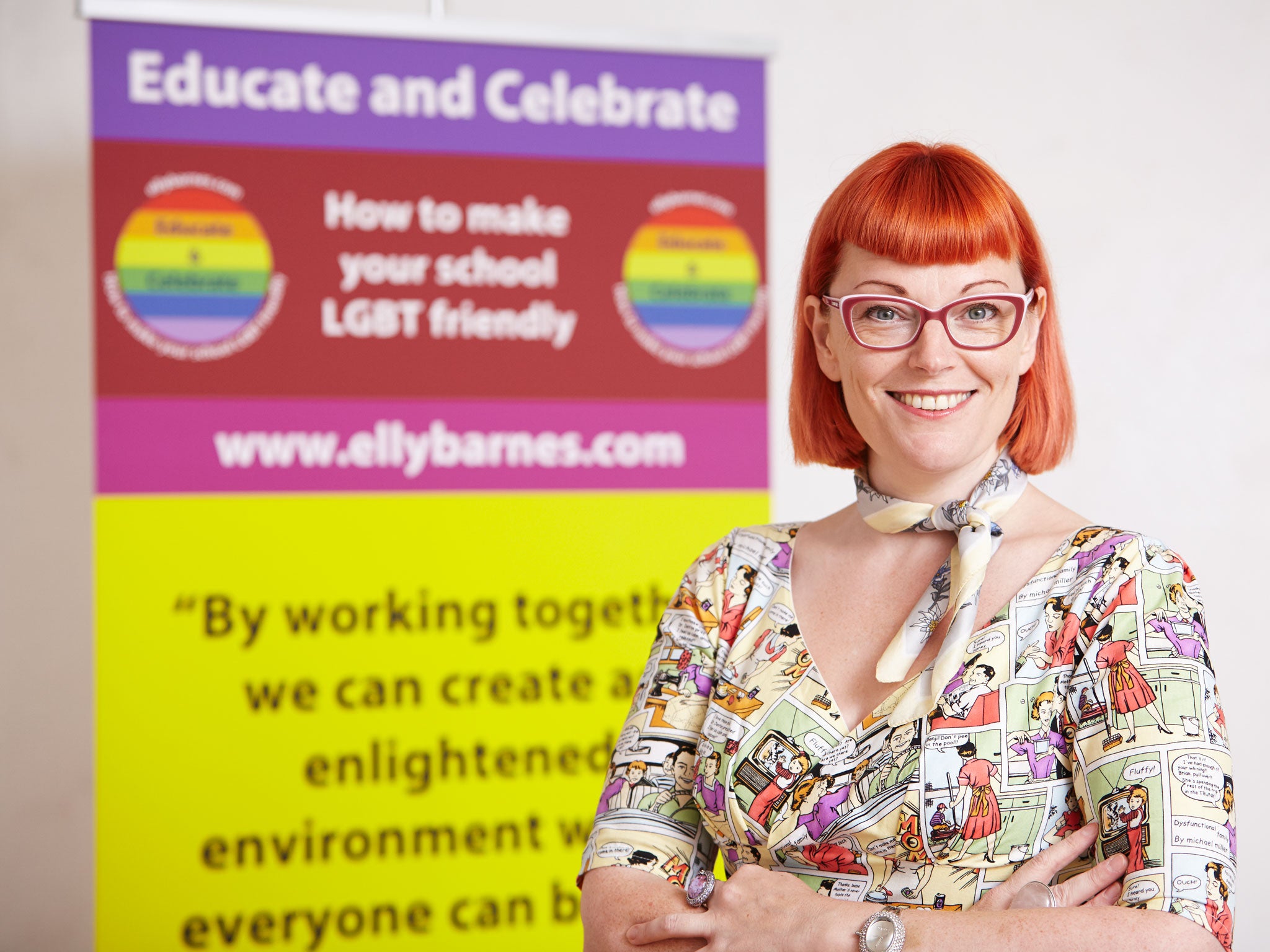
2010
First equal: Gareth Thomas, rugby player
The revelation of Thomas’s homosexuality in an interview in 2010 confirmed what had been an open secret in rugby union – and highlighted the taboo of being openly gay in professional sport. The 41-year-old former Wales and British & Irish Lions captain won 103 international caps before retiring in 2011.
2010
First equal: Mary Portas, Queen of Shops
Within the PR world, Portas’s relationship with the fashion journalist Melanie Rickey was common knowledge but never discussed – until, that is, the couple’s civil partnership in 2010. In 2014, they were one of the first couples to “convert” to a marriage. The 55-year-old runs a retail communications agency, and is a retail guru in print and on TV, as well as a government adviser on regenerating our high streets.
2009
Peter Mandelson, politician
Although Mandelson, 62, has never officially come out, he topped the list in 2009 as one of the most powerful men in Britain, being First Secretary of State, Secretary of State for Business, Innovation and Skills and a member of the House of Lords. He left office following Labour’s 2010 defeat, and has since published memoirs.
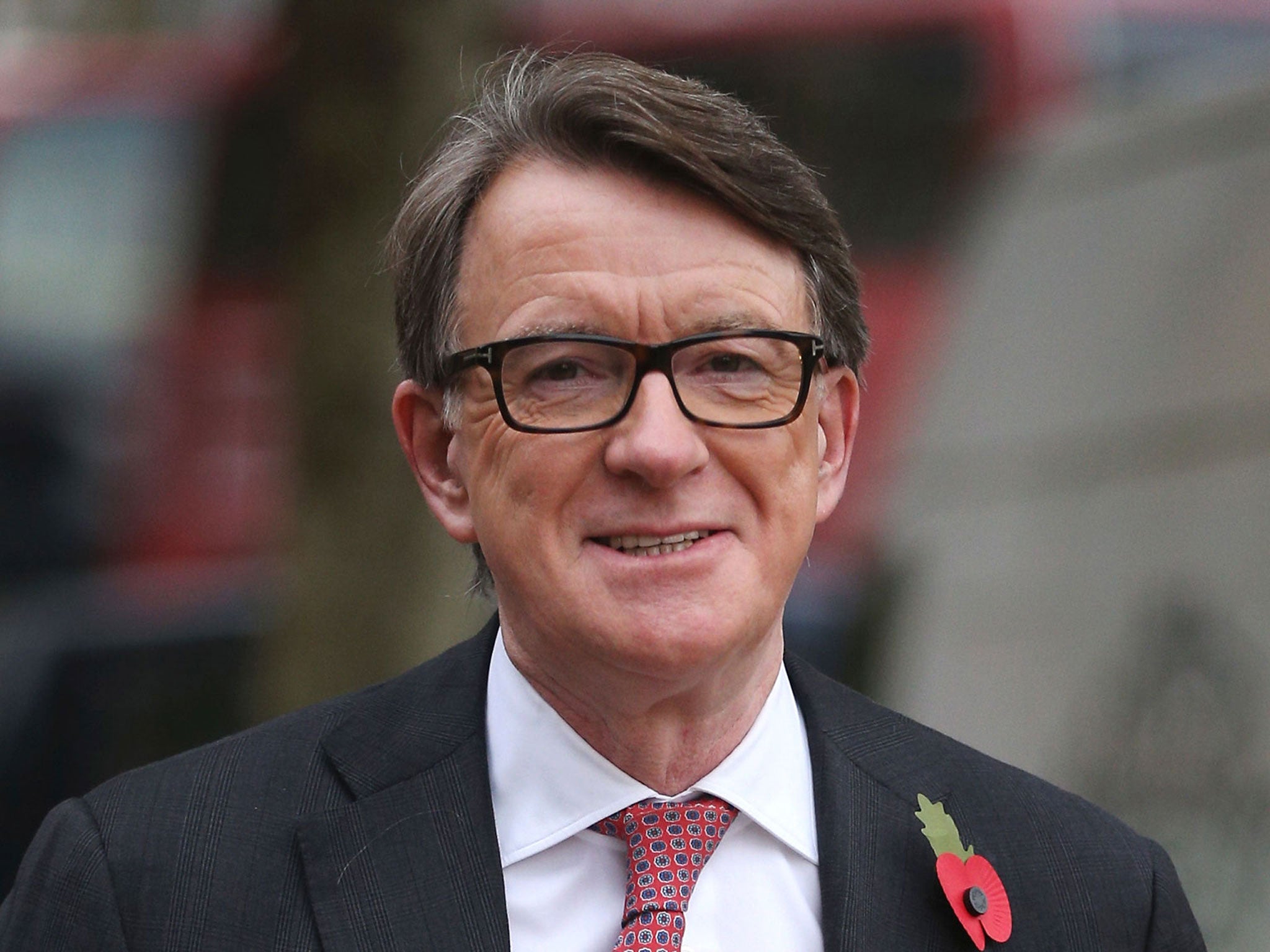
2008
Evan Davis, journalist
The 53-year-old broadcaster topped the list when he joined Radio 4’s Today programme, after being the BBC’s economics editor. In 2014, he returned to TV, as Newsnight’s anchor. In 2013, he entered into a civil partnership with French landscape architect Guillaume Baltz.
2007
Russell T Davies, screenwriter
Davies was recognised in the year he made Doctor Who essential viewing again, but he had already broken ground with the Channel 4 drama Queer as Folk in 1999. Last year, the showrunner returned to writing about gay lives with Cucumber, Banana, Tofu; this year, the BBC will screen the 52-year-old’s adaptation of A Midsummer Night’s Dream.
2006
Sir Ian McKellen, actor
The 76-year-old, topped the list for his campaigning work for Stonewall as well as his extraordinary career. Knighted in 1990, McKellen is renowned for his towering Shakespeare performances as well as blockbuster movies, such as The Lord of the Rings trilogy. He will be appearing on stage across the country this year in Harold Pinter’s No Man’s Land.
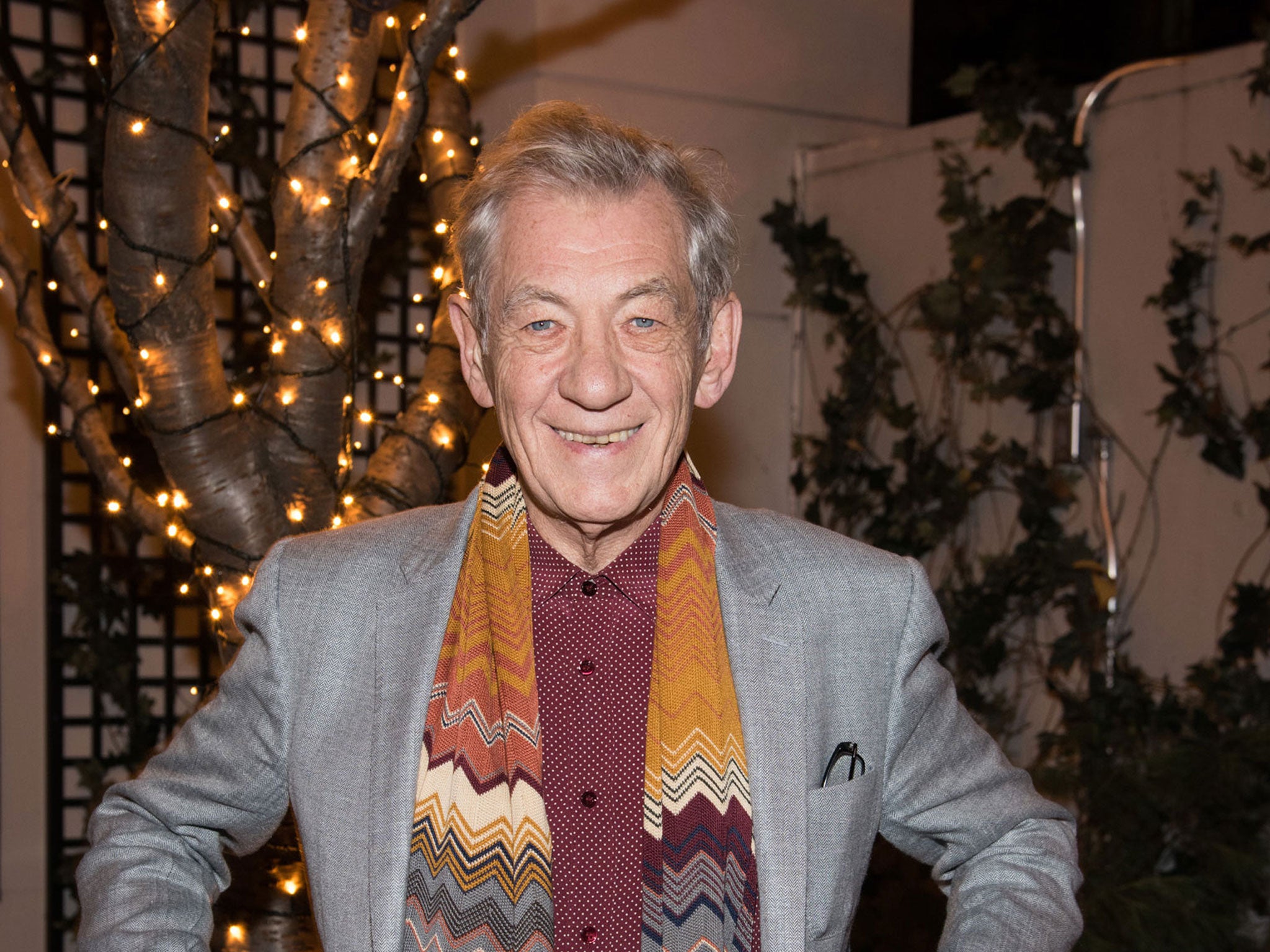
2005
Sir Elton John, musician
One of the biggest-selling artists in history, the 68-year-old became the first major pop star to come out as bisexual, in 1976. He and David Furnish converted their civil partnership to a marriage in 2014. His charity, the Elton John Aids Foundation, has raised a total of more than $200m.
Join our commenting forum
Join thought-provoking conversations, follow other Independent readers and see their replies
Comments